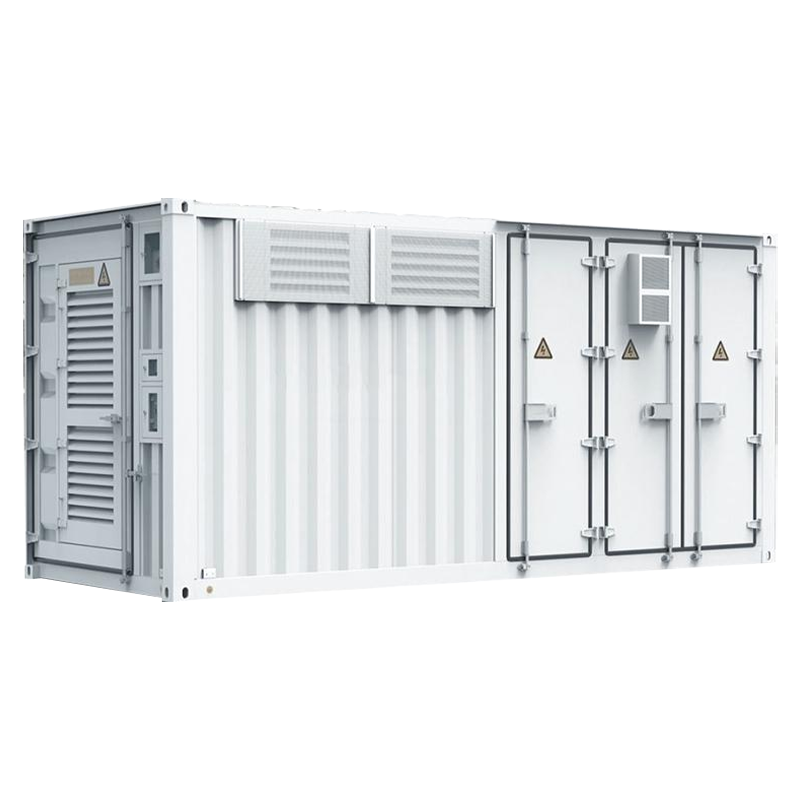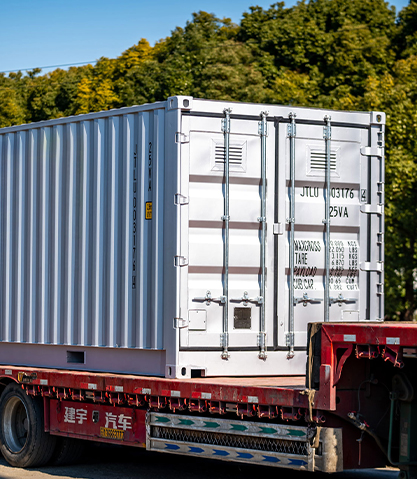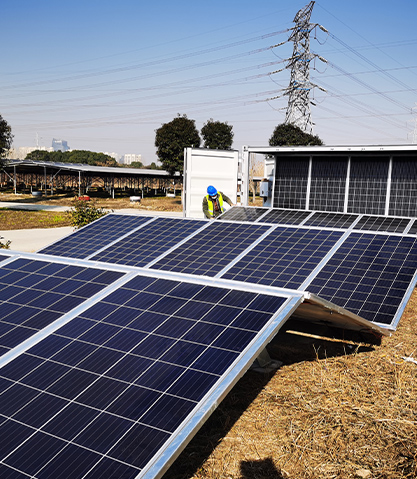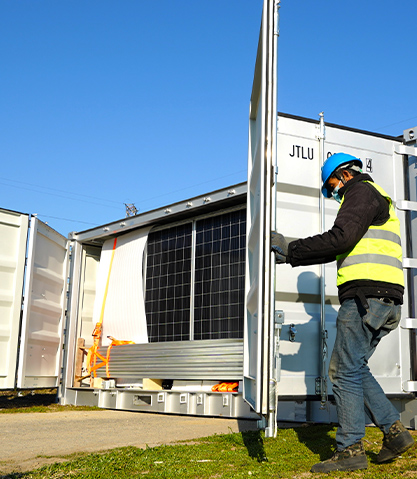The difference between low grade ESS and high grade ESS is a comprehensive reflection of design philosophy, material quality, operational safety, system intelligence, and long-term value. ESS, or Energy Storage System, plays a central role in modern energy infrastructure by storing electricity during periods of low demand and releasing it during peak demand. Among various system designs, the Battery ESS Container has emerged as a widely adopted format, especially for industrial and utility-scale applications. This containerized solution integrates battery modules, power conversion systems, battery management systems, thermal management, safety devices, and control interfaces into a self-contained, mobile-ready enclosure. However, not all Battery ESS Containers are built to the same standards, and understanding the distinction between low grade and high grade ESS is essential for selecting a solution that matches the operational and financial needs of a project.
Content
Battery Quality and Chemistry
At the core of any ESS lies the battery cells themselves. Low grade ESS often uses lower-tier battery chemistries such as outdated lead-acid batteries or budget lithium-ion variants with lower energy density, shorter cycle life, and less stable electrochemical behavior. These cells may offer only a few hundred to a couple of thousand charge-discharge cycles before significant capacity degradation occurs. In some cases, these batteries come from less established manufacturers with minimal quality control and weak traceability, leading to inconsistencies across modules.
By contrast, high grade ESS incorporates advanced battery chemistries, most commonly Lithium Iron Phosphate (LFP) or Nickel Manganese Cobalt (NMC), with cell suppliers that provide thorough quality assurance, batch consistency, and cell-level traceability. These cells are capable of 4000–8000 or more full cycles with minimal degradation, maintaining capacity, voltage stability, and thermal safety over extended operation periods. In a high grade Battery ESS Container, the battery packs are often arranged with redundancies, protective layering, and comprehensive monitoring at cell, module, and rack levels.
Thermal Management System
The method of cooling and maintaining temperature equilibrium is another critical differentiator. Low grade ESS systems tend to use passive cooling methods or simple forced-air fans that are insufficient in environments with wide temperature fluctuations. Poor thermal control can accelerate aging of the battery cells, cause uneven degradation, or, in the worst-case scenario, contribute to thermal runaway incidents.
On the other hand, a high grade Battery ESS Container is typically equipped with sophisticated thermal management systems, including liquid cooling circuits, active HVAC units, and zoned temperature regulation. These systems continuously monitor internal conditions and adjust thermal output to maintain battery temperatures within a narrow optimal range, extending lifespan and ensuring reliable operation in extreme climates.
Battery Management and Control Systems
The Battery Management System (BMS) and overall system intelligence play a vital role in maintaining safe and efficient operation. Low grade ESS may rely on simplified BMS platforms with limited data granularity, reduced real-time monitoring capabilities, and basic safety protocols. They might lack predictive diagnostics, remote access, or automated fault responses, making them harder to integrate with modern energy infrastructure or smart grid systems.
In contrast, high grade ESS comes with advanced BMS technology, often developed with real-time data analytics, machine learning capabilities, and multi-layered protection logic. These systems can detect anomalies, forecast degradation trends, initiate protective shutdowns, and communicate with other components or utility control centers via standardized communication protocols like Modbus, CAN, or IEC 61850. Within a high grade Battery ESS Container, the control systems are also typically integrated with energy management software that can handle peak shaving, load balancing, renewable integration, and grid stabilization in a coordinated and automated manner.
Safety and Compliance
Safety is paramount in any energy storage system, and it’s an area where the gap between low grade and high grade ESS becomes even more evident. Low grade ESS containers may include only basic fuses, circuit breakers, and thermal cut-offs, with minimal compliance to international safety standards. This can lead to an increased risk of short circuits, overheating, or even fire, particularly in unattended or harsh environments.
In contrast, a high grade Battery ESS Container is usually engineered with multilayered safety features including fire detection and suppression systems (such as aerosol fire suppression or inert gas systems), emergency shut-off protocols, gas detection sensors, and explosion vent panels. Moreover, high grade systems are typically certified under rigorous safety and performance standards such as UL9540A, UL1973, IEC 62619, UN38.3, and NFPA 855. These certifications provide assurance for deployment in residential, commercial, and critical infrastructure scenarios.
Mechanical and Structural Design
Structurally, low grade ESS containers may use modified shipping containers with minimal interior modifications. Insulation, ventilation, and sealing may be substandard, exposing the internal components to moisture, dust, and mechanical vibration. Wiring and busbars may be loosely secured, increasing the risk of faults or short circuits.
By comparison, a high grade Battery ESS Container is often custom-built for energy applications. It includes reinforced inner linings, moisture barriers, explosion-proof cable routing, modular racking, and fully enclosed wiring channels. Such designs support both indoor and outdoor use, even under challenging weather conditions. These systems are also easier to maintain and scale due to modular construction and service-friendly layouts.
Cost vs. Value
At first glance, low grade ESS options may appear attractive due to their lower initial cost. However, they often carry a higher total cost of ownership when factoring in maintenance, early replacement, energy inefficiencies, and potential safety liabilities. Downtime or failure in a low grade system can also result in lost revenue, penalties, or even equipment damage.
A high grade Battery ESS Container, while more expensive upfront, offers superior reliability, lower maintenance, extended service life, and optimized performance. For mission-critical operations such as data centers, renewable energy farms, or industrial backup systems, this higher-grade solution often proves to be more cost-effective over the long term.
The difference between low grade ESS and high grade ESS extends far beyond the visual appearance of the container. Even though both systems may be housed in what appears to be a similar Battery ESS Container, the internal quality, performance characteristics, and risk profile differ substantially. From the selection of battery chemistry to the design of thermal systems, safety features, and control logic, high grade ESS provides a comprehensive, intelligent, and safer approach to energy storage. As the global demand for energy storage continues to rise, selecting the appropriate ESS grade is essential for achieving operational efficiency, regulatory compliance, and long-term sustainability.


 English
English 中文简体
中文简体 عربى
عربى



